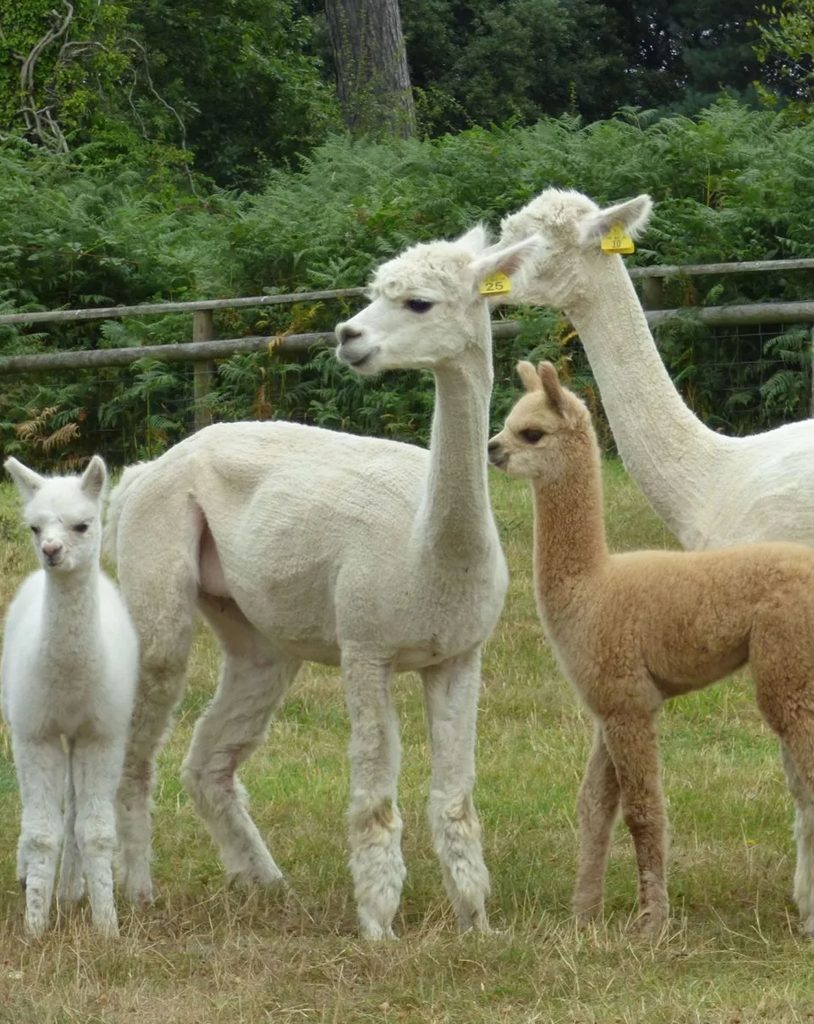
Breeding alpacas can be a rewarding experience, but it requires careful consideration and planning. In this article, we will cover the basics of alpaca breeding and provide tips for success.
1
Breeding Basics:
- Alpacas reach sexual maturity at around 2-3 years of age.
- Females, or “hembras,” have a reproductive cycle that lasts about 11 months and can be induced by the presence of a male, or “macho.”
- Males, or “machos,” are typically ready to breed at around 2 years of age.
- Alpacas can breed year-round, but most breeders prefer to breed in the spring and summer months to avoid harsh winter conditions.
- Alpacas have a relatively long gestation period of 11.5 months, so breeders must plan accordingly.
2
Breeding Strategies:
- Before breeding, it is important to evaluate the health and genetic quality of both the male and female alpaca.
- Breeders can choose from a variety of breeding methods, including natural breeding, artificial insemination, and embryo transfer.
- Natural breeding is the most common method and involves introducing a male to a female for mating.
- Artificial insemination can be useful for breeders who want to introduce new genetics to their herd or for those who want to avoid the risk of injury from natural breeding.
- Embryo transfer allows breeders to reproduce superior genetics in multiple females, but it requires specialized equipment and expertise.
3
Managing Pregnancies:
- Once a female alpaca is pregnant, it is important to monitor her health and nutrition closely.
- Alpacas have a low reproductive rate, so it is important to ensure that each pregnancy is successful.
- Females should receive regular veterinary care and be kept in a stress-free environment to ensure a healthy pregnancy.
- Breeders should also prepare for the birth of the cria, or baby alpaca, by providing a clean and safe birthing area and monitoring the newborn closely for the first few weeks of life.
Breeding alpacas can be a challenging but rewarding endeavor. By following best practices for breeding, managing pregnancies, and raising healthy crias, breeders can build a thriving alpaca herd and enjoy the many benefits of these gentle and fascinating animals.
